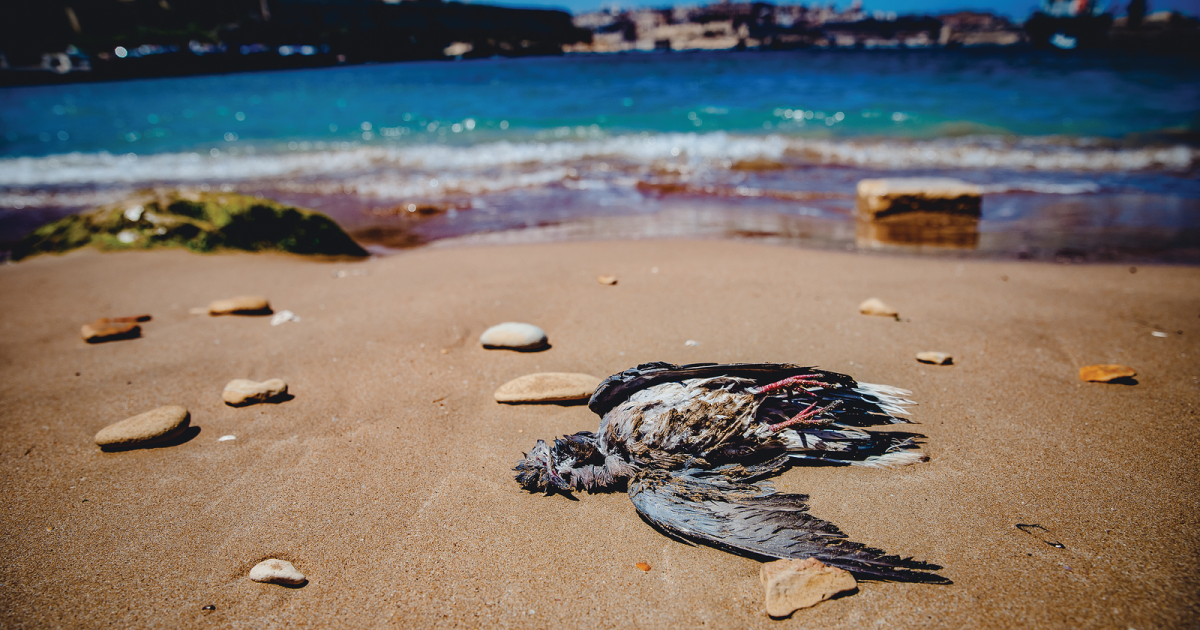
Killer Slime, Dead Birds, an Expunged Map: The Dirty Secrets of European Farm Subsidies
In the spring of 2017, a European Union working group of environmentalists, academics and lobbyists was having a technical discussion on green farming practices when a map appeared on an overhead screen. In an instant, the room froze. A farm lobbyist objected. Officials murmured their disapproval.
December 25, 2019 | Source: The New York Times | by Matt Apuzzo
In the spring of 2017, a European Union working group of environmentalists, academics and lobbyists was having a technical discussion on green farming practices when a map appeared on an overhead screen. In an instant, the room froze.
A farm lobbyist objected. Officials murmured their disapproval.
The map juxtaposed pollution in northern Italy with the European Union subsidies paid to farmers in the region. The overlap was undeniable and invited a fundamental question: Is the European Union financing the very environmental problems it is trying to solve?
The map was expunged from the group’s final reports, those in attendance say. But using the European Union’s own economic models, The New York Times created an approximation that confirms what European officials did not want seen: The most heavily subsidized areas had the worst pollution.
European Union leaders boast about their green credentials, but in doing so they sidestep an undeniable tension between facts and wishful policymaking. This month, European leaders set ambitious goals to fight climate change and save species from extinction. Yet one of the biggest impediments is the bloc’s $65-billion-a-year agricultural subsidy program that is intended to support farmers.
